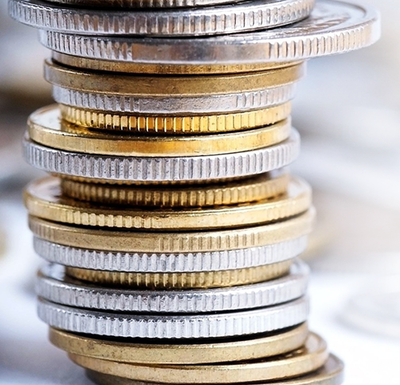DIY Methods for Testing Your Gold and Silver Bullion Products

Counterfeit bullion is a real concern, but there are many ways you can test for counterfeit bullion right at home.
Precious metals were traditionally used as a form of currency; however, rare metals are today regarded as industrial commodities and investments. In recent years, many people have ventured into the precious metal industry.
Investing in valuable metals is an excellent way to diversify risk while increasing profits; however, just like any other type of investment, the degree of success of the investment is determined by the effectiveness of your strategy and legitimacy of the products.
If you are thinking of investing in valuable metals, it’s important to do your research on available options and ensure you work with a reputable, honest precious metal dealer who won’t try to scam you. Choosing reputable companies like Provident Metals ensures you are not being tricked into buying a counterfeit.
DIY Precious Metal Testing Techniques
Even if you are adept at dealing with precious metals and know all the ins-and-outs of rare metals, verifying the authenticity of the products is undoubtedly the most important aspect when dealing with precious metals. Individuals who fail to test the authenticity of valuable metals may waste time and money, while jeopardizing their investment’s value.
Fortunately, testing the legitimacy of precious metal bullion is simpler than many people think. In fact, you can test your silver, gold or any other precious metals in your home in a matter of minutes with the right materials and instruction.
Below are five different tests you can use:
Test 1: Size and Weight
When inspecting valuable metals, the first details to examine should be the size and weight. Many rare metal coins, medallions, and bars have their weight inscribed on them. You should compare the engraved value with the actual weight. Simply comparing the dimensions of the precious metal in question with a verified product is enough to prove legitimacy in some cases. Make use of a jeweler’s scale or a set of calipers to test for size, weight, and dimensions. But remember, a troy ounce is not the same unit of measurement as a standard ounce.
Test 2: Markings and Relief
You can inspect the markings of precious metals to verify their legitimacy. Typically, all valuable metals bear the mintmark of the producer. Therefore, items missing these vital markings are definitely suspicious. These markings include purity, serial number, mintage year, and denomination. Relief of a rare metal refers to the height of their images in relation to the product’s actual surface. Most precious metals have standard relief which allows you to stack them neatly on top of each other. Counterfeits usually struggle with conforming to the set standard.
Test 3: “Ping” Test
Authentic silver and gold chime when struck. To conduct this test, you must have a non-abrasive piece of metal. Hit the metal against your precious metal and you should hear a ringing sound that lasts for about 1 to 2 minutes. Base metal products produce a dull “clunk” sound that lasts a shorter amount of time. Therefore, if you hear a non-ringing dull sound, the metal is not legit.
Test 4: Magnet Test
This is another test you can carry out in the comfort of your home with minimal equipment. Unlike most metals, silver and gold are not magnetic. Therefore, legitimate gold and silver products will not stick to a magnet. However, you have to use a strong magnet for this test. Exercise care when using this method to test valuable metals. It is recommended that you use the magnetic test alongside other tests when searching for legitimacy.
Test 5: Acid Test
The acid test verifies the legitimacy of bullion products through a simple chemical reaction. Start by purchasing gold and silver acid test kits. Carefully read all the provided instructions before attempting the acid test. If not properly performed, you risk doing permanent damage to the precious metal.
The idea behind this test is that silver and gold are resistant to corrosion and oxidation. Different kits use acids with various strengths to test different karats. When testing silver legitimacy, observe the color change. Brown, green, and red confirms the validity of the piece of silver.
Conclusion
There are plenty of ways to test for precious metal validity at home. However, regardless of the source of your valuable metal, always test for legitimacy. Ultimately, the best defense against counterfeit valuable metals and confirming authenticity is to take your precious metal to certified experts. A professional is dedicated to providing clients with a vast selection of authentic precious metals and guarantees weight, purity, and authenticity.
At Provident Metals, you can rest assured that every item purchased is a certified precious metal. Whether gold, silver, or another precious metal, you can buy with confidence.





